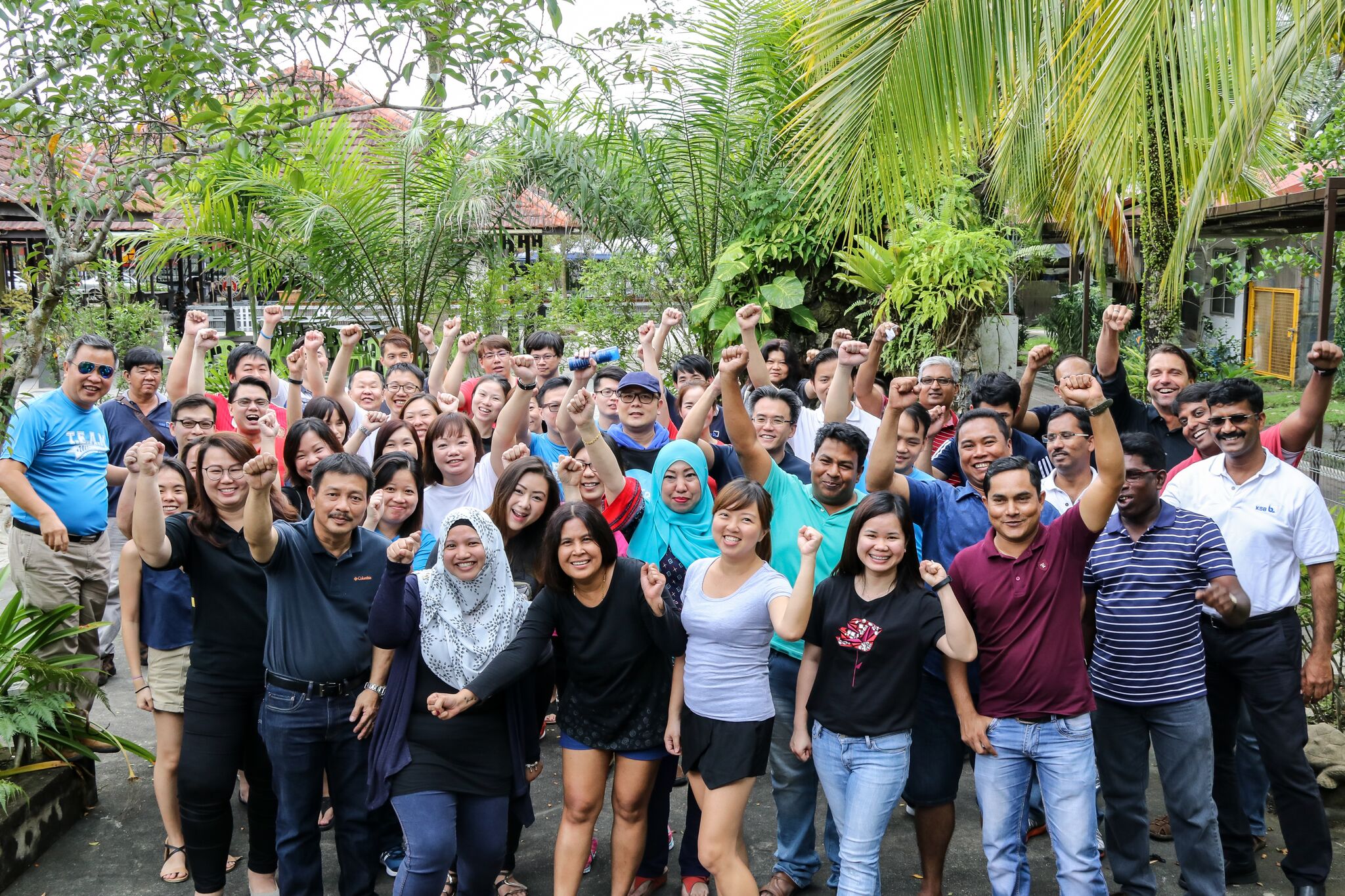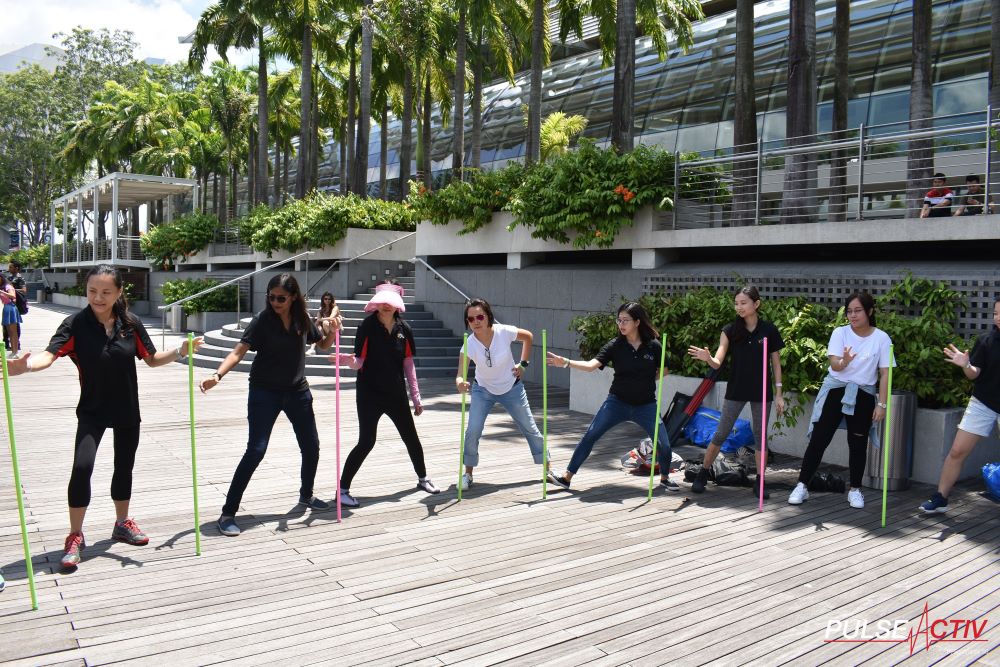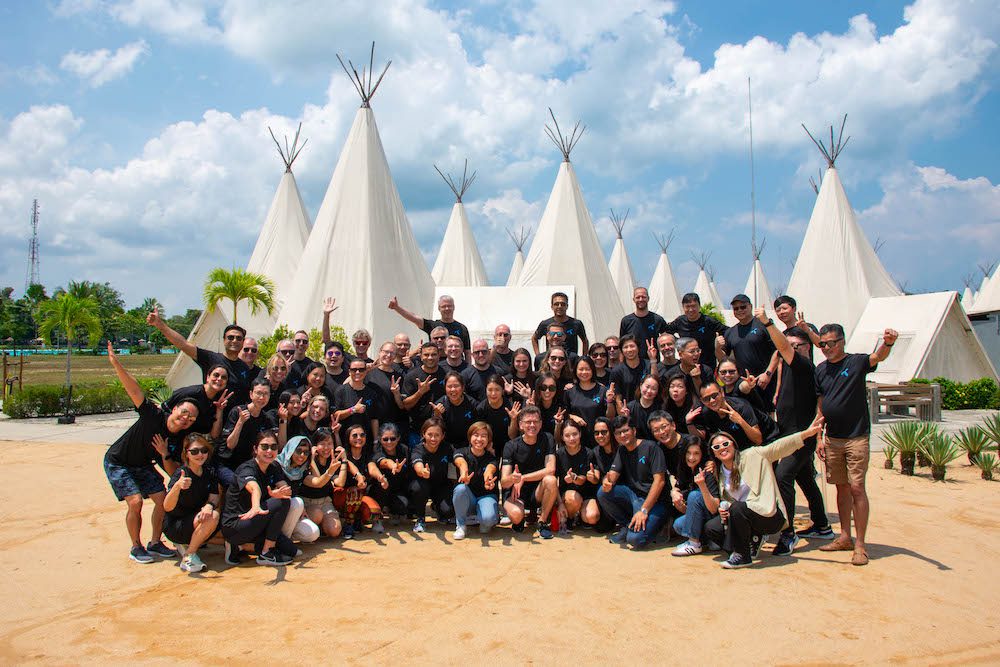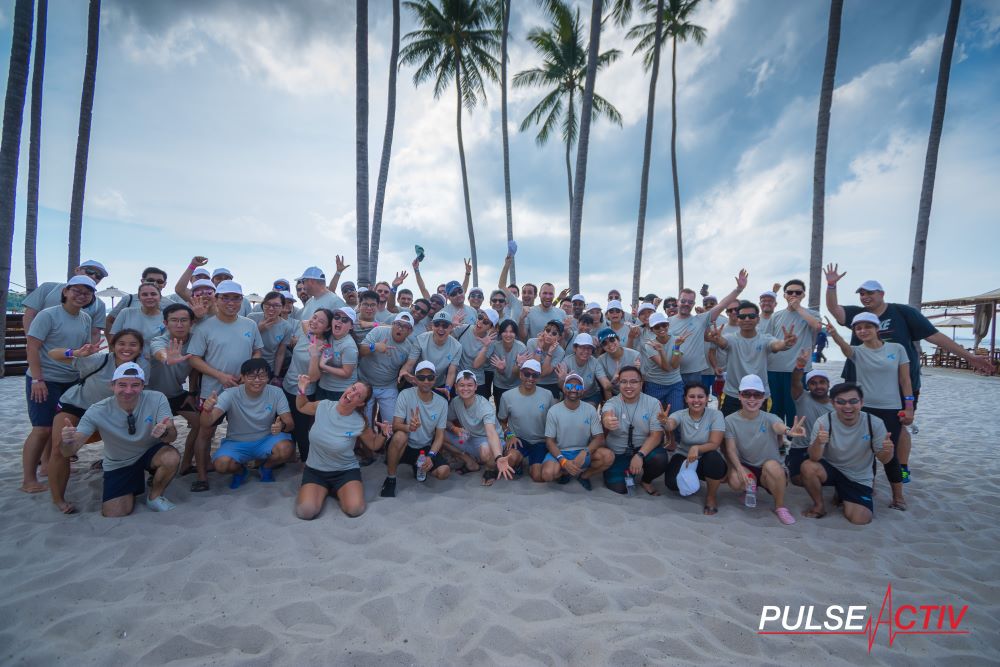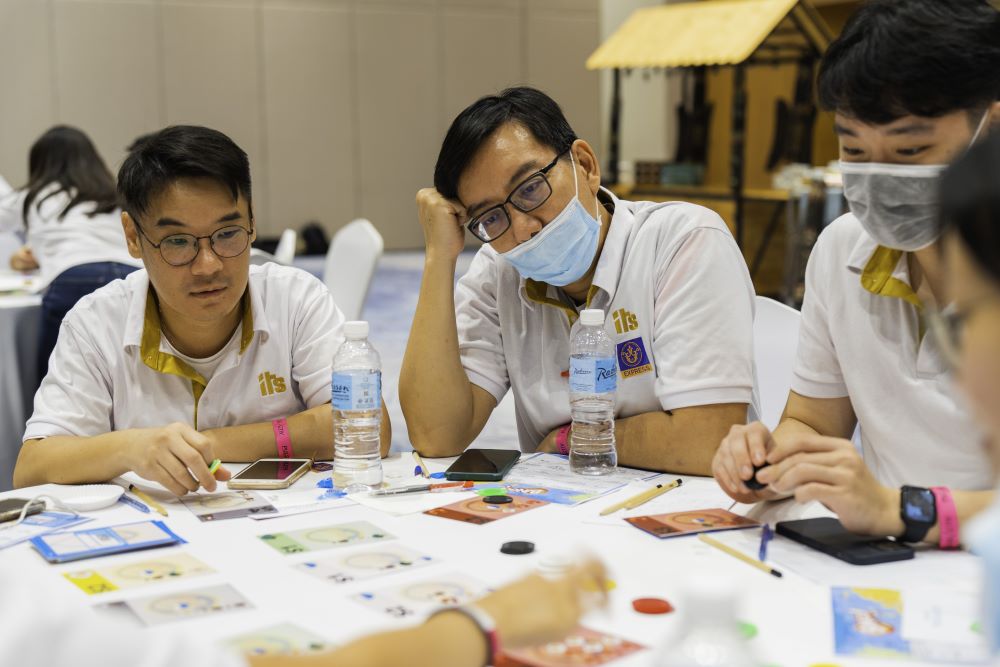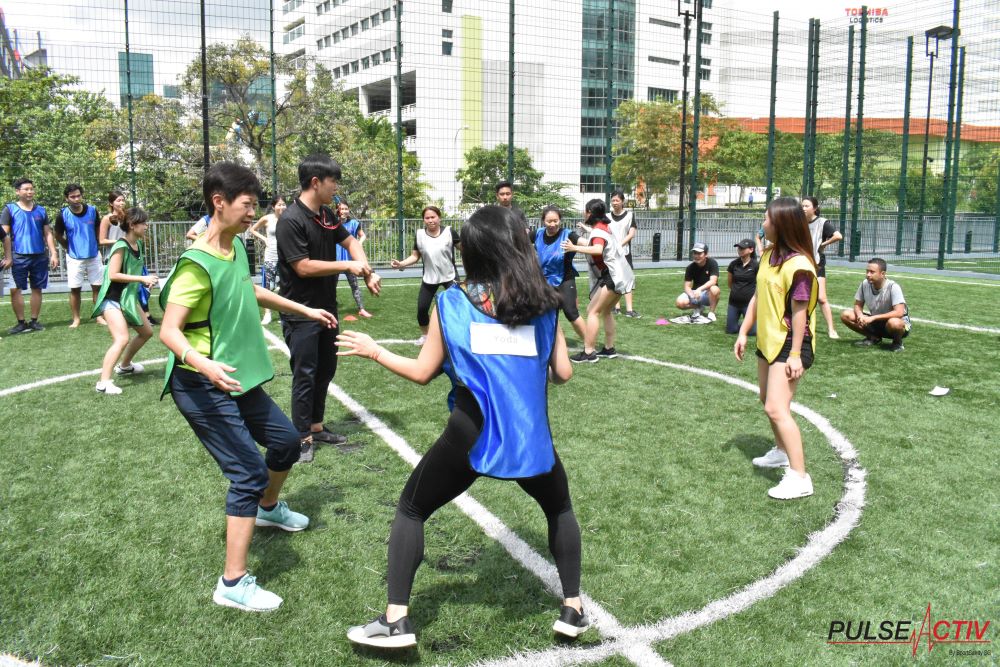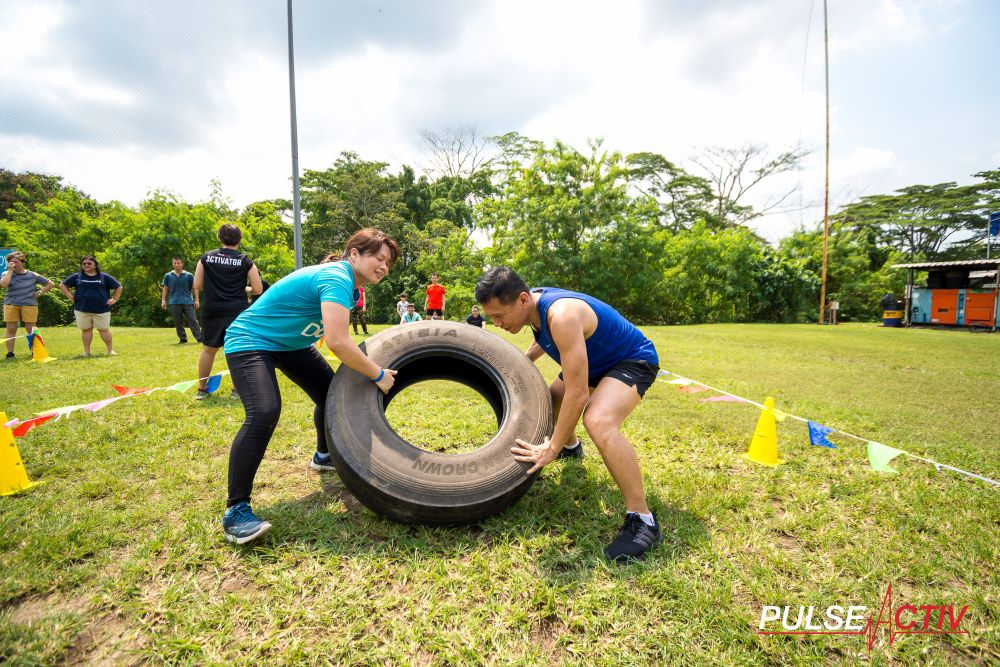Why Employers Should Care About Team Building and Relationship Building
In today’s fast-paced and competitive business environment, companies are increasingly recognizing the importance of team building and relationship building. These strategies are not just about creating a harmonious work environment; they are essential for driving productivity, enhancing employee satisfaction, and fostering a culture of innovation. This article explores why employers should prioritize team building and relationship building within their organizations.
Boosting Employee Morale and Engagement
- Increased Job Satisfaction: Employees who feel connected to their team and organization are more likely to enjoy their work. Team building activities create opportunities for employees to bond, share experiences, and develop a sense of camaraderie, leading to higher job satisfaction.
- Enhanced Engagement: Engaged employees are more productive and committed to their work. Team building activities help employees feel valued and recognized, which boosts their engagement levels. Engaged employees are also more likely to contribute innovative ideas and go the extra mile for their organization.
Improving Communication and Collaboration
- Breaking Down Silos: Team building activities encourage employees from different departments to interact and collaborate. This helps break down silos and promotes a culture of open communication and cooperation.
- Strengthening Team Dynamics: Effective communication is the cornerstone of a successful team. Team building exercises help employees develop better communication skills, understand each other’s strengths and weaknesses, and work together more efficiently.
Fostering a Positive Work Culture
- Creating a Supportive Environment: A positive work culture is essential for employee well-being and productivity. Team building activities foster trust and mutual respect among employees, creating a supportive environment where everyone feels valued and respected.
- Encouraging Inclusivity: Team building activities can be designed to include everyone, regardless of their role or seniority. This inclusivity helps create a sense of belonging and ensures that all employees feel like an integral part of the team.
Enhancing Problem-Solving and Creativity
- Promoting Innovative Thinking: Team building activities often involve problem-solving tasks that require creative thinking. These exercises encourage employees to think outside the box and come up with innovative solutions to challenges.
- Developing Critical Thinking Skills: Team building activities help employees develop critical thinking and decision-making skills. By working together to solve problems, employees learn to analyze situations, weigh options, and make informed decisions.
Increasing Productivity and Performance
- Building Stronger Teams: Strong teams are the backbone of any successful organization. Team building activities help strengthen the bonds between team members, leading to more cohesive and productive teams.
- Enhancing Efficiency: When employees work well together, they can complete tasks more efficiently and effectively. Team building activities improve collaboration and streamline processes, resulting in higher overall productivity.
Reducing Employee Turnover
- Retaining Top Talent: High employee turnover can be costly and disruptive. Team building activities help create a positive work environment that attracts and retains top talent. Employees who feel connected to their team and organization are less likely to leave for another job.
- Building Loyalty: Employees who have strong relationships with their colleagues and feel a sense of loyalty to their organization are more likely to stay long-term. Team building activities help foster these relationships and build loyalty.
Developing Leadership Skills
- Identifying Potential Leaders: Team building activities provide an opportunity for employees to step up and demonstrate their leadership potential. Employers can identify future leaders and provide them with the necessary training and development.
- Enhancing Leadership Qualities: Existing leaders can also benefit from team building activities. These exercises help them develop essential leadership qualities such as communication, empathy, and conflict resolution skills.
Promoting Employee Well-being
- Reducing Stress: Team building activities provide a break from the daily grind and offer a fun and relaxing way for employees to de-stress. Reduced stress levels lead to better mental health and overall well-being.
- Encouraging Work-Life Balance: By promoting a healthy work-life balance, employers can improve employee satisfaction and productivity. Team building activities that incorporate wellness initiatives can help employees achieve this balance.
Conclusion
In conclusion, team building and relationship building are critical components of a successful organization. They enhance employee morale, improve communication, foster a positive work culture, and increase productivity. By investing in team building activities, employers can create a thriving workplace where employees are engaged, motivated, and committed to achieving the organization’s goals. Prioritizing these strategies not only benefits employees but also contributes to the overall success and sustainability of the organization.
To head back to read another article in our blog, click here.


